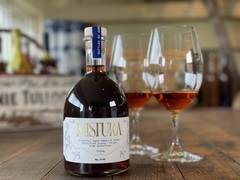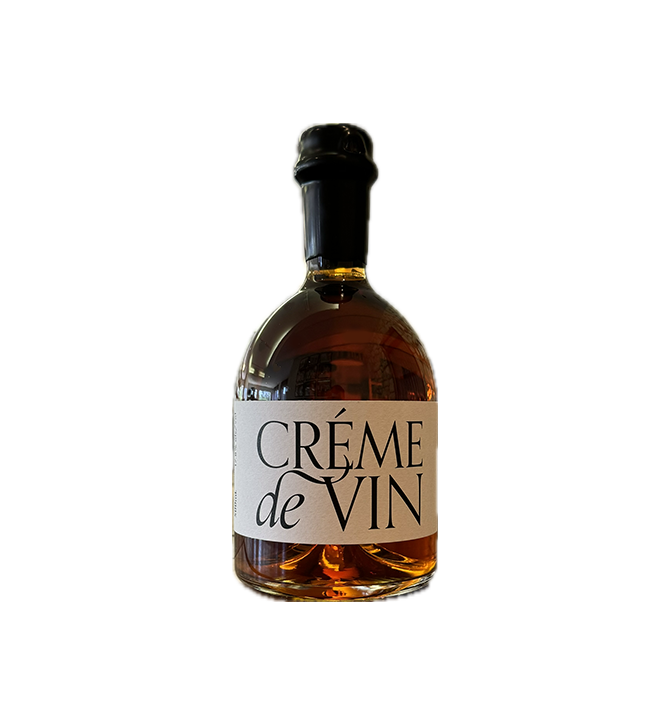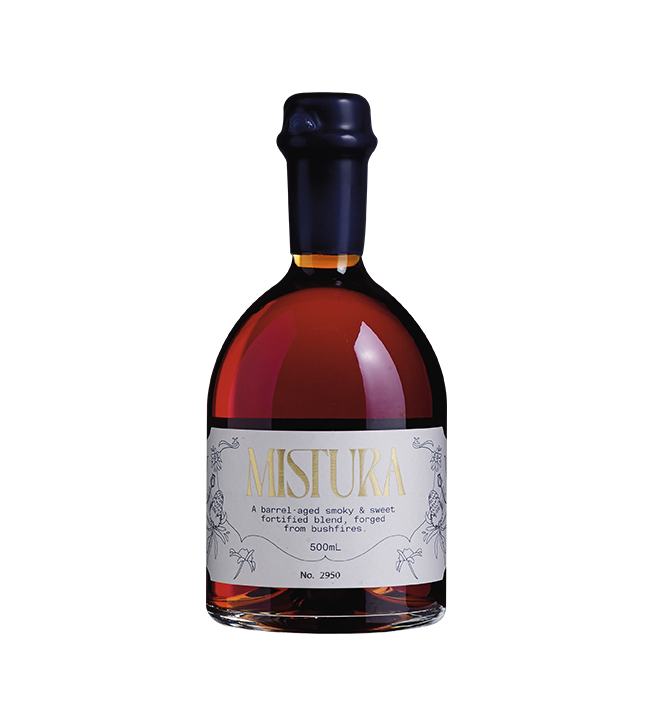What is Fortified Wine

Think you’re a true wine lover? Well, we want to put you to the test! You may know your way around the usual wine suspects. We’re talking a Shiraz, a Chardonnay, or even a cheeky Rosé… But then there's this intriguing, yet underrated category: fortified wine. But what exactly is it, and why should it be on your radar?
If you're new to the term, it might sound a bit fancy. But trust us, you've probably encountered a few of these gems before, even if the term "fortified wine" wasn't top of mind. The process of making them is a little different from your standard, but don't let that scare you off. We're here to demystify it all and show you why these wines are definitely worth exploring.
The Purpose and Difference of Fortified Wines:
Fortified wines are distinct from regular table wines because of the addition of a distilled spirit during or after fermentation ( we’ll talk more on this later). This "fortification" process raises the alcohol content, typically to 16% or higher, and alters the profile of the wine. The result? A more complex and sweeter wine, perfect for adding depth to dishes or for enjoying as a dessert wine.
Types of Fortified Wines
Unsure what a fortified wine is? In Australia, Apera & Tawny wines are the two popular options you may have tried.
But there's a whole world beyond those. If you’re not a fan of these, don’t worry! Fortified wine comes in many different varieties, and different regions (such as here in the Hunter Valley) have their own specialities.
Take Muscat, for example – that's a uniquely Aussie gem! Made from Muscat grapes, it's quite rich and develops amazing caramel, dried fruit, and toffee notes. Our very own rich, fine-oak Muscat Limited Release is a perfect example of a unique and beautifully complex fortified wine.
How are Wines Fortified?
So, what's the secret behind fortified wine's unique character? Well, the journey starts just like any other wine, with grapes going through their usual fermentation process. But there’s a key twist! Firstly, the wine grapes are only allowed to reach an alcohol level of 4-6%, helping the wine retain higher sugar levels and stop further fermentation. Then the winemakers will add the most important ingredient in giving these wines their unique flavour profile and ultimately the “fortified” distinction. The ingredient added is a distilled spirit (often brandy) with a much higher alcohol level (a ratio of about 4L wine to 1L spirit).
Now, just so we're clear, brandy itself isn't a fortified wine. It's one of the popular ingredients used to fortify the wine, boosting its strength and adding extra depths of flavour.
And the timing of this spirit addition? That's where each fortified wine is different! If a winemaker is aiming for a richer, sweeter style like our Limited Release Rutherglen Muscat NV, they'll introduce the spirit before all the natural grape sugar has a chance to ferment away. On the other hand, if a drier style is the goal, the spirit will be added later, once the fermentation is complete. Once this process is complete, the wine will be aged in older barrels for potentially many years. This will be done across multiple vintages and will be blended to produce the wine that is to be bottled.
Now, for some fortified wines, particularly Apera and Tawny varieties, there's a fascinating traditional method called the Solera system, that can’t go untold. It’s a traditional process that involves a stack of barrels, with each layer holding wine of a different age. The bottom layer, the "solera," is where the wine ready for bottling is drawn from. Then, that space is topped up with younger wine from the layer above, and so on, all the way up to the youngest wine at the top. But why? Because it's a fractional blending system, meaning only a portion is ever removed and replaced.
This clever process ensures a consistent style and quality over time because older wines continuously blend with younger ones. It's like a family recipe passed down through generations! Plus, these barrels are often not completely full, allowing for a gentle, controlled oxidation that adds incredible complexity, especially in Sherries and Madeiras. It’s a pretty unique and creative way to make wine, if we do say so ourselves!
Storage Recommendations
So, how do you keep these beauties in good shape? For unopened bottles, the usual drill applies: keep them in a cool, dark place, away from big temperature changes. Because of that added spirit, they'll last a good while. A bottle will last up to a decade in cellaring due to its high sugar and alcohol levels. They are very stable and can be enjoyed for a long duration, depending on the type of fortified wine.
Non-vintage fortified wines for instance, can be enjoyed over many months because they do not use grapes from the same vintage. Vintage fortifieds on the other hand, should be treated the same way as any vintage wine should be. This is to be enjoyed within 5-7 days once opened.
How to Serve Fortified Wine
Hosting a dinner and looking to impress your guests? Fortified is an excellent choice, kicking your usual wine game up a notch.
One thing to keep in mind is that fortified wines usually have a higher alcohol content than your regular table wines, typically around 16-19% ABV, so it's all about enjoying them proportionally and responsibly. You should enjoy and sip away just like you would any other wine, but perhaps in a slightly smaller pour.
Whether you chill it or serve it at room temp really depends on the style and your preference. There’s no real right or wrong here.
Most are great served at a little cooler than room temperature. If it's a warmer day and you've got a lighter style of Port, you can even try it on the rocks! Some fortified wines even work wonders in cocktails or as a little something extra in your cooking. So, don't be afraid to experiment and see what works for you. Now, taking it back to your dinner party, the typical room-temperature pour will work just fine!
Pairing Dessert Wines
Sweet fortified wines can be enjoyed just like your regular dessert wines. When you're thinking about pairings, however, consider the flavours you're getting from the wine. For instance, rich, chocolatey desserts or sweet pastries are fantastic with wines that have a similar richness.
If your fortified wine has those lovely caramel notes, we recommend trying it with a crème brûlée! Understandably, if you don’t have an abundance of crème brûlées at your disposal, pairing them with some dried fruits or some savoury and salty hard cheeses will also work wonderfully!
Ready to go out of your comfort zone and give fortified wines a shot? Here at Tulloch, we've got a fantastic selection of Hunter Valley fortified wines to suit every palate and occasion. From the award-winning Crème De Vin, the beautifully aged Muscat, and the rich Mistura and J.Y Tawny, there's a unique flavour profile waiting for you. Come visit our cellar door or explore our range to discover your new favourite!




